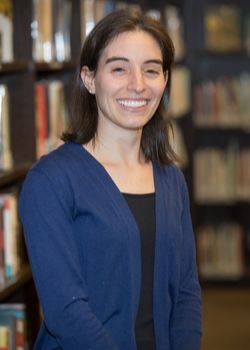The month of Tishrei is a marathon for Jews everywhere. For educators, it’s an iron man. We do not want to look back and count even one missed opportunity, so we take advantage of it all and do our best to create as many teachable moments as possible.
The experiential nature of this month helps to guide us in our practice. While many spend the high holidays sitting in services, we should not forget how the symbols of the days help to the set the mood and the tone. For example, on Rosh HaShana we eat honey, which activates our taste buds. We hear the shofar, which engages the eyes and ears (and nose, phew!). Many people have the custom to perform tashlich, emptying our pockets and throwing bread into a body of water to represent the cleansing from sins. On Yom Kippur, we don white clothing to represent purity and we refrain from earthly pleasures in order to focus on the true work of the day—achieving God’s forgiveness. Then, of course, comes Sukkot, when we literally sit in temporary dwellings and shake the lulav and etrog. We welcome guests into our sukkot and celebrate in each others’ presence. We dance with the Torah on Simchat Torah, exuding joy at the completion of one cycle and the opportunity to begin another.
Then we cross the finish line and collapse. We regain our composure. Life returns to normal and our schedules allow for full weeks and uninterrupted teaching days. We have nearly two months before the next big holiday. I often hear educators say that, finally, their real work can begin now that the holidays are over. I confess that I, too, sometimes feel this way. And yet, I want to challenge us to not be too hasty to dismiss that Tishrei is very real work. Of course, there is something to be said for the consistent nature of the teaching that follows, when educators feel that they can finally take a deep dive into their curriculum. But in the process, let us not forget Tishrei. This year, I encourage us to ask:
- How can we make the Tishrei curriculum part of the curriculum for the rest of the year?
- How can we take the experiences of Tishrei and build on them?
- How can we model what it means to be a Jew in Tishrei and all year ‘round?
As we continue the school year that started over two months ago, let’s use the experiences of October to propel us forward in our sacred work.

